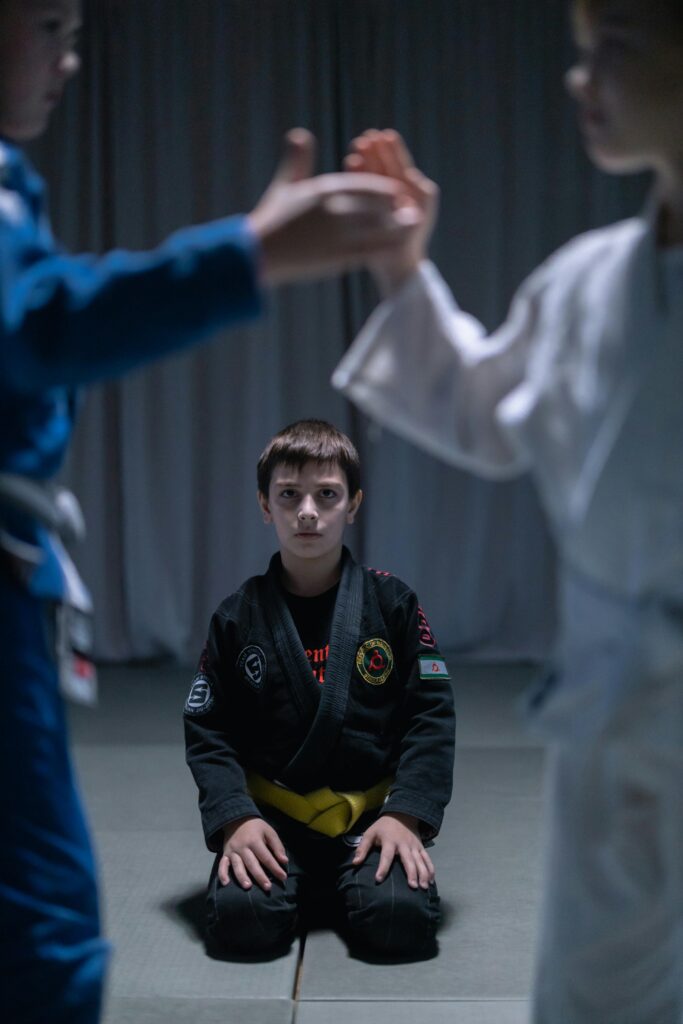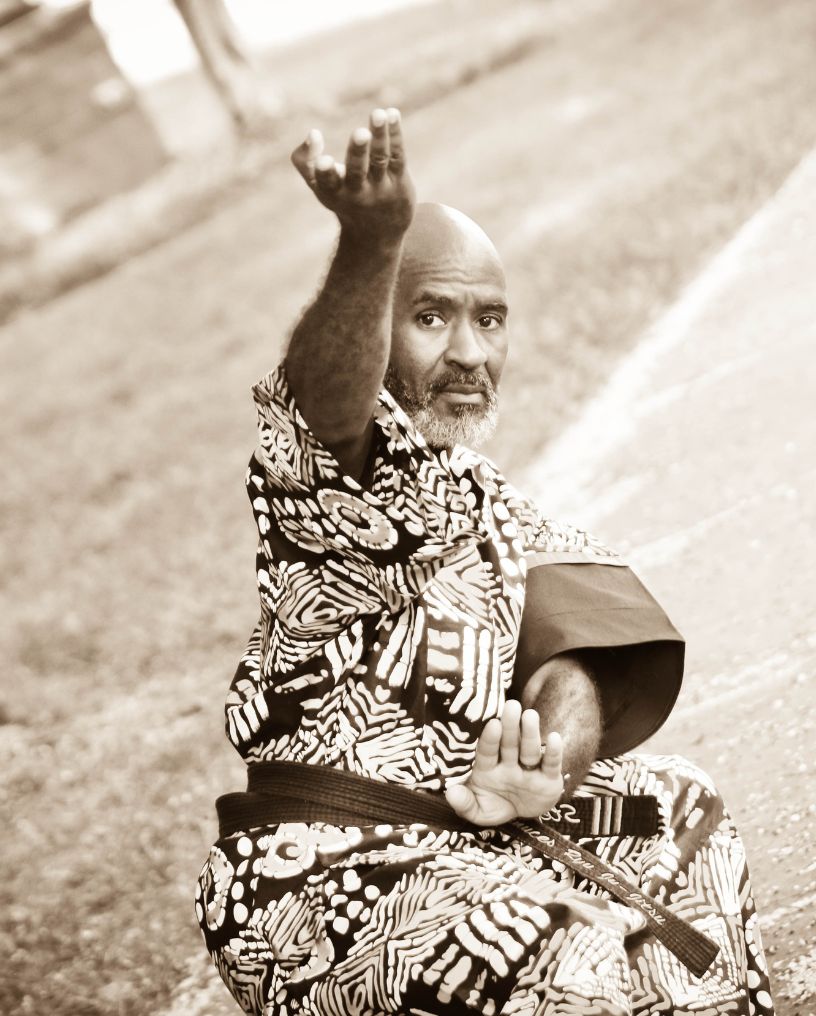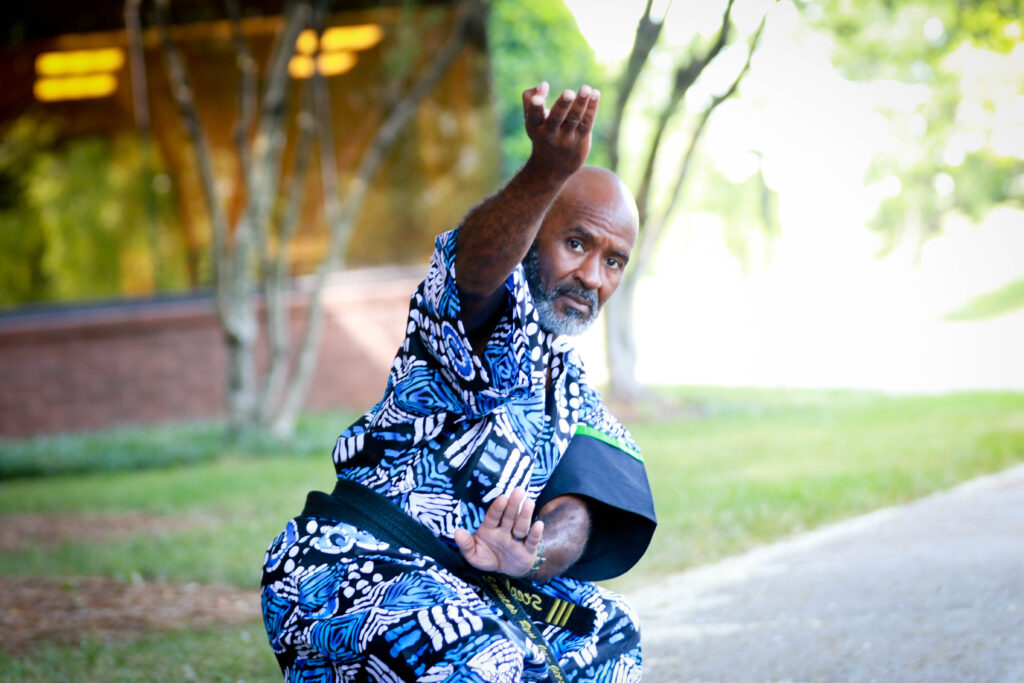Taekwondo’s belt system is more than just a way to show rank—it’s a journey that reflects your growth in skill, discipline, and character.
Each belt represents a step forward in mastering not just the art of Taekwondo, but also your own abilities and mindset.
Whether you’re starting as a beginner or working toward higher levels, this guide will give you everything you need to know about Taekwondo belt levels.
The Origins and Philosophy Behind Taekwondo Belts
The Taekwondo belt system isn’t just about rank; it’s a deeply symbolic tradition that connects students to the rich history of martial arts.
Knowing the origins and meanings behind this system helps you appreciate each step of your journey, making the experience more fulfilling.
The History of the Taekwondo Belt System
The roots of Taekwondo’s belt system go back to traditional martial arts like Judo and Karate. Early martial arts masters created belts to show a student’s progress and dedication over time.
The system rewarded consistent effort, symbolizing the skills and discipline required to advance.
As Taekwondo developed in the mid-20th century, it adopted and refined this system, turning it into a clear, structured path that mirrors the technical and personal growth of its students.
Today, the belt system represents more than just rank—it reflects your commitment to improvement.
The Meaning Behind Each Belt Color
The colors of Taekwondo belts tell a story of personal transformation. White represents a new beginning, a student ready to learn without preconceptions.
Yellow stands for the first rays of sunlight, signifying the initial understanding of basic techniques. Green symbolizes growth, as your skills start to take root and flourish.
Blue is the color of the sky, representing the stage where you aim higher and challenge yourself. Red is a warning color, urging control and discipline as power increases.
Finally, black signifies the culmination of mastery and the responsibility to use your skills wisely. Each belt is a marker of progress, not just in skill but in personal development.
Philosophy of Progression in Martial Arts
Progression in Taekwondo goes beyond mastering new techniques. Every belt level challenges you to grow as a person.
Learning to balance discipline and resilience, while overcoming the mental and physical obstacles at each stage, helps you build a strong foundation of character.
The belt system isn’t a race to the top; it’s a reflection of your commitment to becoming your best self, one step at a time.
Overview of Taekwondo Belt Levels
The progression of Taekwondo belts provides a clear roadmap for growth. From your first steps as a beginner to achieving mastery, each level introduces new skills, challenges, and opportunities for personal improvement.
Beginner Belts
White Belt
Starting your Taekwondo journey begins with the white belt. At this level, you focus on foundational movements such as basic stances, punches, and kicks.
It’s all about getting comfortable with the principles of balance and control that form the core of Taekwondo.
Yellow Belt
Moving to the yellow belt is a significant milestone. It signifies that you’re starting to understand the basics and are ready to explore more advanced movements. This stage introduces key techniques that set the stage for your future progress.
Intermediate Belts
Green Belt
At the green belt level, your training becomes more detailed. You work on refining the techniques learned at earlier stages, focusing on precision and balance.
This is also when you begin to learn more intricate forms and develop a deeper connection to your movements.
Blue Belt
Blue belt training takes things up a notch. You’re introduced to higher-level kicks and defensive techniques that require focus and precision.
It’s a stage where your confidence grows as you master more challenging combinations and begin sparring more frequently.
Advanced Belts
Red Belt
The red belt marks a pivotal point in your training. By now, you’ve built considerable skill, but this level focuses on control—of your power, your emotions, and your actions.
It’s about learning to use your abilities responsibly while honing advanced techniques that demand discipline.
Black Belt
Reaching the black belt is a major accomplishment, but it’s far from the end of your journey.
At this level, you have the skills and knowledge to begin teaching others and delving deeper into Taekwondo’s philosophy and techniques. It’s a new chapter, filled with even greater challenges and opportunities for growth.
Requirements and Testing for Advancement
Moving from one belt to the next is a rewarding experience, but it requires more than just technical skill.
It’s a process that calls for preparation, dedication, and a mindset willing to embrace challenges head-on. Each belt represents a new level of growth, demanding focus and consistent effort to progress.
The Role of Testing in Taekwondo
Testing in Taekwondo is an opportunity to showcase what you’ve learned and demonstrate your readiness for the next level.
It’s not just about memorizing techniques or performing a series of moves; it’s about proving you’ve truly absorbed the lessons and principles of the art.
Tests combine a physical demonstration of skill with a mental and emotional evaluation of your discipline, respect, and perseverance. Every test is a reflection of how far you’ve come and a stepping stone for where you’re headed.
What Examiners Look For
Examiners assess a wide range of skills during testing, but they’re not only looking at your physical movements. Precision and control matter, and each kick, stance, and block must be executed with accuracy and intention.
However, they’re also paying close attention to your demeanor. Are you respectful to your peers and instructors? Do you show confidence and composure under pressure?
These qualities reveal more about your readiness than the moves alone. As you climb the ranks, the expectations for both skill and attitude rise significantly.
Common Challenges in Belt Advancement
Progressing through the belts isn’t without its difficulties. Physical challenges like mastering advanced techniques or building endurance can test your limits.
At the same time, mental hurdles such as self-doubt or fear of failure can feel overwhelming. You might stumble or feel stuck, but these struggles are essential. They teach resilience, patience, and the value of persistence.
Each challenge you overcome strengthens not only your technique but also your character, preparing you for the tests ahead.
The Practical Benefits of Taekwondo Belt Progression
Training for each belt in Taekwondo isn’t just about gaining rank—it’s about developing yourself as a whole. The lessons you learn and the skills you acquire extend far beyond the dojo, enriching your physical, mental, and social well-being.
Skill Building and Physical Fitness
Every belt level introduces new techniques that push your body to adapt and grow. From improving flexibility with high kicks to building strength in stances and movements, the physical benefits are undeniable.
Regular training enhances your agility, balance, and coordination. Muscle memory becomes sharper, and reflexes become quicker, equipping you to handle physical challenges both on and off the mat.
Psychological Growth
Progressing through the belt levels nurtures mental toughness. Each level comes with its own set of challenges, and learning to navigate them builds resilience.
Whether it’s the focus required to perfect a form or the determination needed to pass a test, these experiences help you develop a calm and disciplined mind.
This growth isn’t limited to Taekwondo; it becomes a tool for handling stress and overcoming obstacles in everyday life.
The Community Aspect
Training alongside others fosters a sense of belonging and mutual support. Whether you’re practicing forms, sparring, or helping each other perfect techniques, the bonds you create become a vital part of the journey.
The shared experience of working toward similar goals builds friendships and a supportive network. These relationships become a source of motivation, encouragement, and accountability as you advance.
Achieving Black Belt and Beyond
Reaching the black belt is a moment of immense pride and accomplishment, but it’s not the end of the road. It’s the beginning of a new phase in your journey, filled with opportunities for deeper learning, teaching, and personal growth.
What It Truly Means to Earn a Black Belt
Earning a black belt isn’t about mastering Taekwondo; it’s about proving you’ve developed the discipline, skill, and mindset required to continue growing.
A black belt symbolizes that you’ve built a strong foundation and are ready to explore the art on a deeper level. It also marks the point where you can begin sharing your knowledge with others, becoming a mentor and role model in the martial arts community.
Beyond the Black Belt: Higher Dans
The journey doesn’t stop at a first-degree black belt. Higher Dans represent advanced levels of mastery and commitment. Each degree takes years of practice, teaching, and continuous self-improvement.
These levels are about more than refining techniques; they emphasize leadership, wisdom, and a profound understanding of Taekwondo’s philosophy. Achieving higher Dans requires patience and a lifelong dedication to learning.
Balancing Humility and Confidence
Mastery in Taekwondo comes with the responsibility to stay grounded. A black belt is not a license for arrogance but a call to serve others with humility.
True confidence lies in understanding your strengths and using them to inspire and uplift those around you.
The balance between humility and confidence defines a martial artist’s character and ensures continued growth in every aspect of life.
Elevate Your Training with Personalized Guidance
Every step in the Taekwondo belt journey brings valuable lessons, both on and off the mat. It’s a path that strengthens not just your body but also your discipline, confidence, and character.
If you’re ready to take your training even further, Eye2Eye Combat offers private defense training tailored to your goals and abilities. With personalized guidance, you’ll master techniques that are practical, effective, and perfectly suited to you.
Don’t wait to unlock your full potential—connect with Eye2Eye Combat today and start building the skills that will last a lifetime.
FAQs
What are the belts in Taekwondo in order?
Taekwondo belts typically progress as follows: white, yellow, green, blue, red, and then black. Some schools may include intermediate levels like stripes or additional colors to mark progress between major belts. Each belt represents a new stage of skill, knowledge, and personal growth.
How long does it take to get each belt in Taekwondo?
The time to earn each belt varies based on practice frequency and the school’s requirements. Generally, it takes 2–3 months of consistent training to advance at beginner levels. For higher belts, the gaps can stretch to 6 months or more, with black belt testing taking several years of dedication.
What is the most powerful belt in Taekwondo?
The black belt is often seen as the pinnacle of achievement in Taekwondo. While it symbolizes mastery, its true power lies in the knowledge, discipline, and responsibility it represents. Beyond the first-degree black belt, higher Dans reflect even deeper skill and understanding.
What is the hardest belt in Taekwondo?
Many consider the red belt to be the hardest because it’s a transition to the advanced levels. It demands refinement of skills, mental focus, and preparation for black belt training. The journey to black belt itself can also be challenging, requiring a deep commitment to learning and growth.





